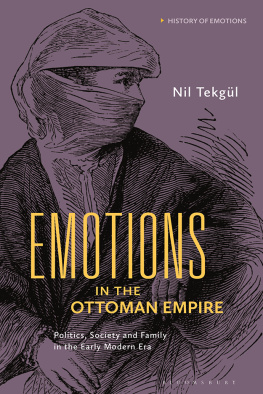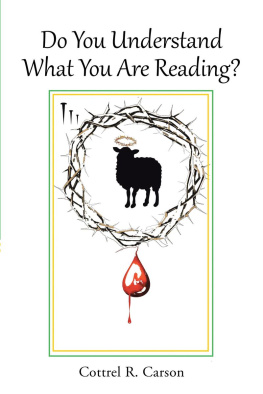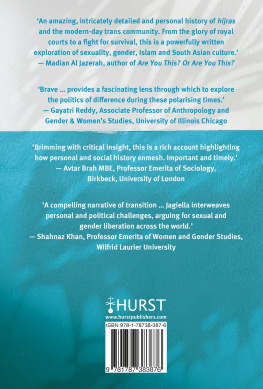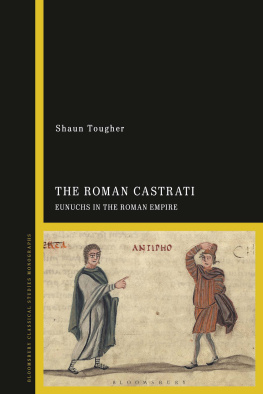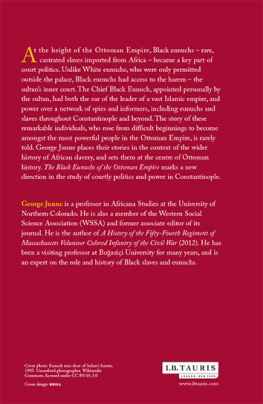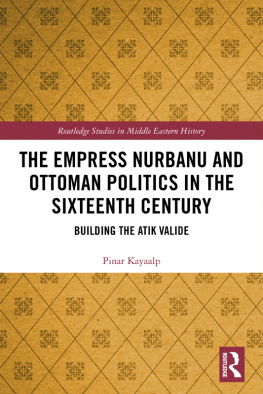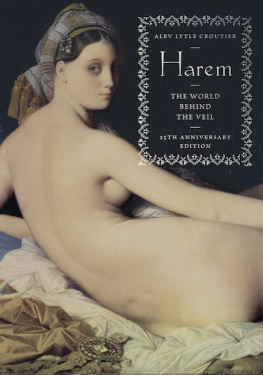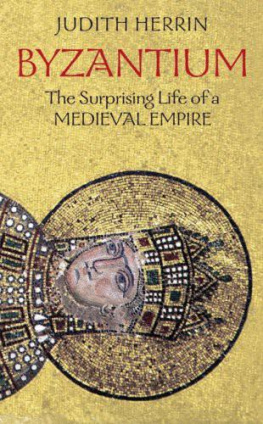Eunuchs were a common feature of pre- and early modern societies but are now poorly understood. Here, Jane Hathaway offers an in-depth study of the chief of the African eunuchs who guarded the harem of the Ottoman Empire. A wide range of primary sources are used to analyze the Chief Eunuchs origins in East Africa and his political, economic, and religious role from the inception of his office in the late sixteenth century through the dismantling of the palace harem in the early twentieth century. Hathaway highlights the origins of the institution and how the role of eunuchs developed in East Africa, as well as exploring the Chief Eunuchs connections to Egypt and Medina. By tracing the evolution of the office, we see how the Chief Eunuchs functions changed in response to transformations in Ottoman society, from the generalized crisis of the seventeenth century to the westernizing reforms of the nineteenth century.
Jane Hathaway is professor of history at Ohio State University and one of the worlds leading authorities on the Ottoman Empire and on eunuchs in Islamic societies. She is the author of five books, including The Arab Lands under Ottoman Rule (2008), which won the Turkish Studies Associations M. Fuat Kprl Book Prize. She also authored the article Eunuchs for the third edition of the Encyclopaedia of Islam , a seminal reference work. Her research has been funded by prestigious grants from the National Endowment for the Humanities, the American Council of Learned Societies, and the Institute for Advanced Study.
University Printing House, Cambridge CB2 8BS, United Kingdom
One Liberty Plaza, 20th Floor, New York, NY 10006, USA
477 Williamstown Road, Port Melbourne, VIC 3207, Australia
314321, 3rd Floor, Plot 3, Splendor Forum, Jasola District Centre, New Delhi 110025, India
79 Anson Road, #0604/06, Singapore 079906
Cambridge University Press is part of the University of Cambridge.
It furthers the Universitys mission by disseminating knowledge in the pursuit of education, learning, and research at the highest international levels of excellence.
www.cambridge.org
Information on this title: www.cambridge.org/9781107108295
DOI: 10.1017/9781316257876
Jane Hathaway 2018
This publication is in copyright. Subject to statutory exception and to the provisions of relevant collective licensing agreements, no reproduction of any part may take place without the written permission of Cambridge University Press.
First published 2018
Printed in the United Kingdom by TJ International Ltd. Padstow, Cornwall
A catalogue record for this publication is available from the British Library.
ISBN 978-1-107-10829-5 Hardback
Cambridge University Press has no responsibility for the persistence or accuracy of URLs for external or third-party internet websites referred to in this publication and does not guarantee that any content on such websites is, or will remain, accurate or appropriate.
In memory of Meg Hathaway (19272014)
Contents
Figures
Maps
Tables
Acknowledgments
This book has been a long time coming, and I have many people and institutions to thank. I have used the notes for this purpose where appropriate, but they cover only part of the debt.
Early research for this project was funded by generous grants from the National Endowment for the Humanities and the American Council of Learned Societies. I began writing the book while holding the Douglas Southall Freeman Professorship in History at the University of Richmond, Virginia, and finished drafts of most of the chapters while holding the Gladys Kreible Delmas Membership at the Institute for Advanced Study in Princeton, NJ. I am grateful to Ohio States College of Arts and Sciences for allowing me to accept these positions and for funding a Special Assignment in spring 2017 that allowed me to complete a full draft of the book.
I am grateful to the staff and directors of the Babakanlk Ottoman Archives, the Sleymaniye Library, the Kprl Library, and the Topkap Palace Museum Library and Archive in Istanbul for access to their collections, and to Dr. Anthony Greenwood and the staff of the American Research Institute in Turkeys Istanbul branch for providing a haven on numerous occasions. Over the years, a number of colleagues and students have provided access to research materials. Here, I must single out Muhammad Husam al-Din Ismail Abd al-Fattah, Gnhan Breki, Emine Fetvac, Betl pirli Argt, George Junne, Svetlana Kirillina, Mikhail Meyer, zgl zdemir, Doa ztrk, and Ata Potok. For helping me track down eunuch monuments and tombs, I thank Caroline Finkel (who also gave the book manuscript a close read), Catalina Hunt, Davidson McLaren, Darin Stephanov, and Professor Abd al-Fattahs graduate students at Ayn Shams University.
I thank Nicolas Vatin for inviting me to deliver a series of lectures, sponsored by the cole des Hautes tudes en Sciences Sociales, at the Sorbonne in spring 2008 that were instrumental in my conceptualization of this project. I likewise thank the late Patricia Crone for commissioning my short biography of el-Hajj Beshir Agha (2006), which served as a forerunner for this project.
I am grateful to two anonymous readers for Cambridge University Press and, above all, to my retired colleague Stephen Dale, who during summer 2017 read the entire book manuscript and offered chapter-by-chapter comments. Needless to say, responsibility for any errors or omissions is entirely mine. Laura Seeger of Ohio States Goldberg Center for Excellence in Teaching proved vital to the preparation of the maps and images.
I could not have completed this book without the support of my husband, Robert (Mimar Bob) Simkins, and Pelin and Tasha, the worthy successors to the legendary Beshir and Stella. I dedicate this book to the memory of my mother, Meg Hathaway, the only member of my family to have read all my books. The last time I saw her, in May 2014, she asked me if I had another book for her to read. Here it is, Mom, only a few years late.
Note on Transliteration and Diacritics
Since I use both Ottoman Turkish and Arabic primary sources in my research, I constantly confront the question of which transliteration system to employ in my publications. Since this is a book about an Ottoman official who served mainly in the imperial capital (even though he might be exiled to Cairo), I have chosen to give pride of place to Turkish transliterations. Thus, I use Turkish transliteration for the names and offices of Ottoman officials, most Ottoman institutions, titles of books composed in Ottoman Turkish, and the Islamic ( hijri ) months. I use Arabic transliteration for Arabic book titles and the names of most Arabophone authors. I follow the transliteration system of the International Journal of Middle East Studies , although, in consultation with my editor, I have elected to omit diacritics apart from ayn , which is indicated by a backward apostrophe, and hamza , which is indicated by a forward apostrophe.
Names of Islamic institutions and offices that can be found in a present-day English dictionary (e.g., hadith , madrasa , qadi , Sufi) retain the spellings found there.
Otherwise, the sounds indicated by the distinctive letters of the modern Turkish alphabet are as follows:


